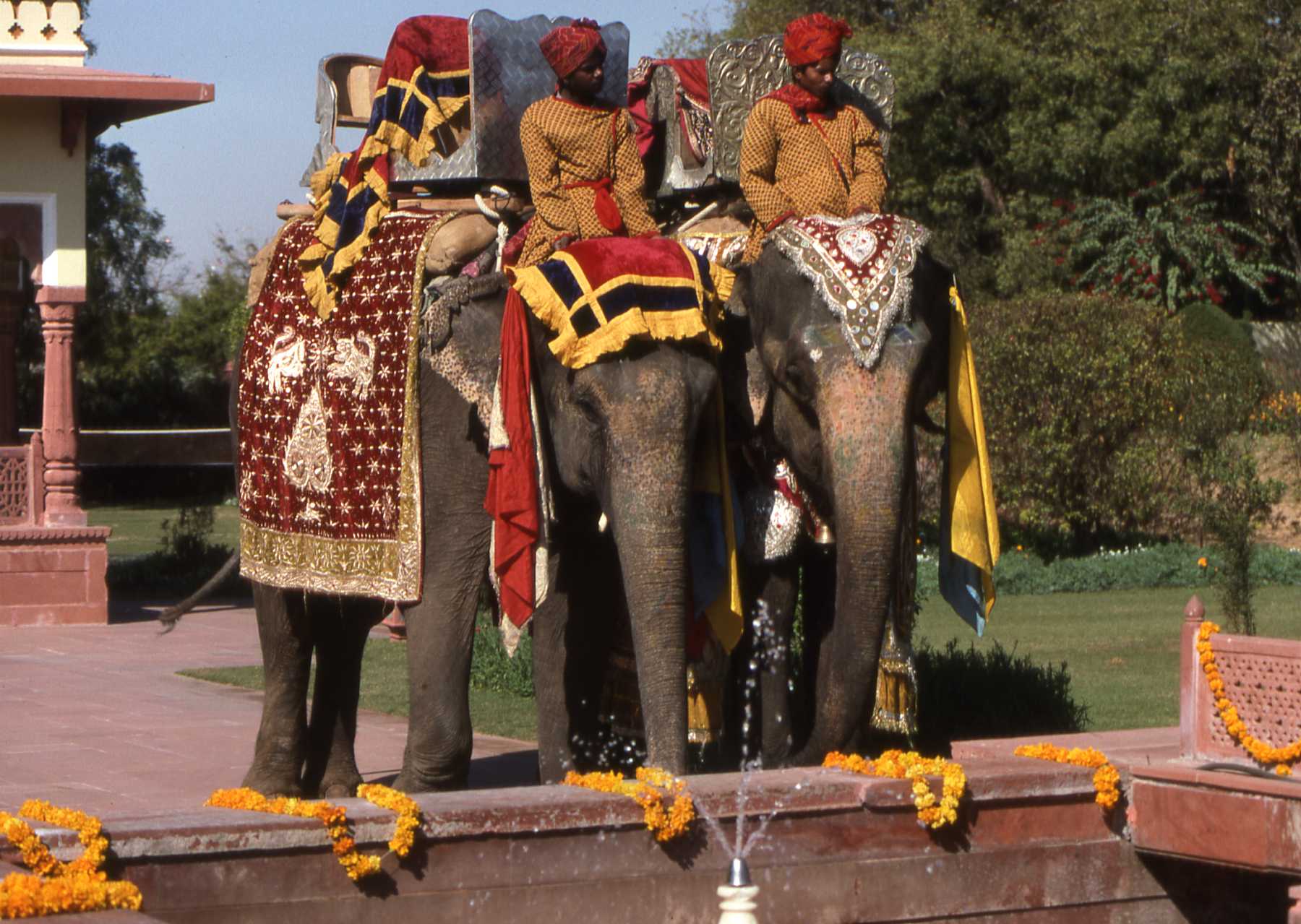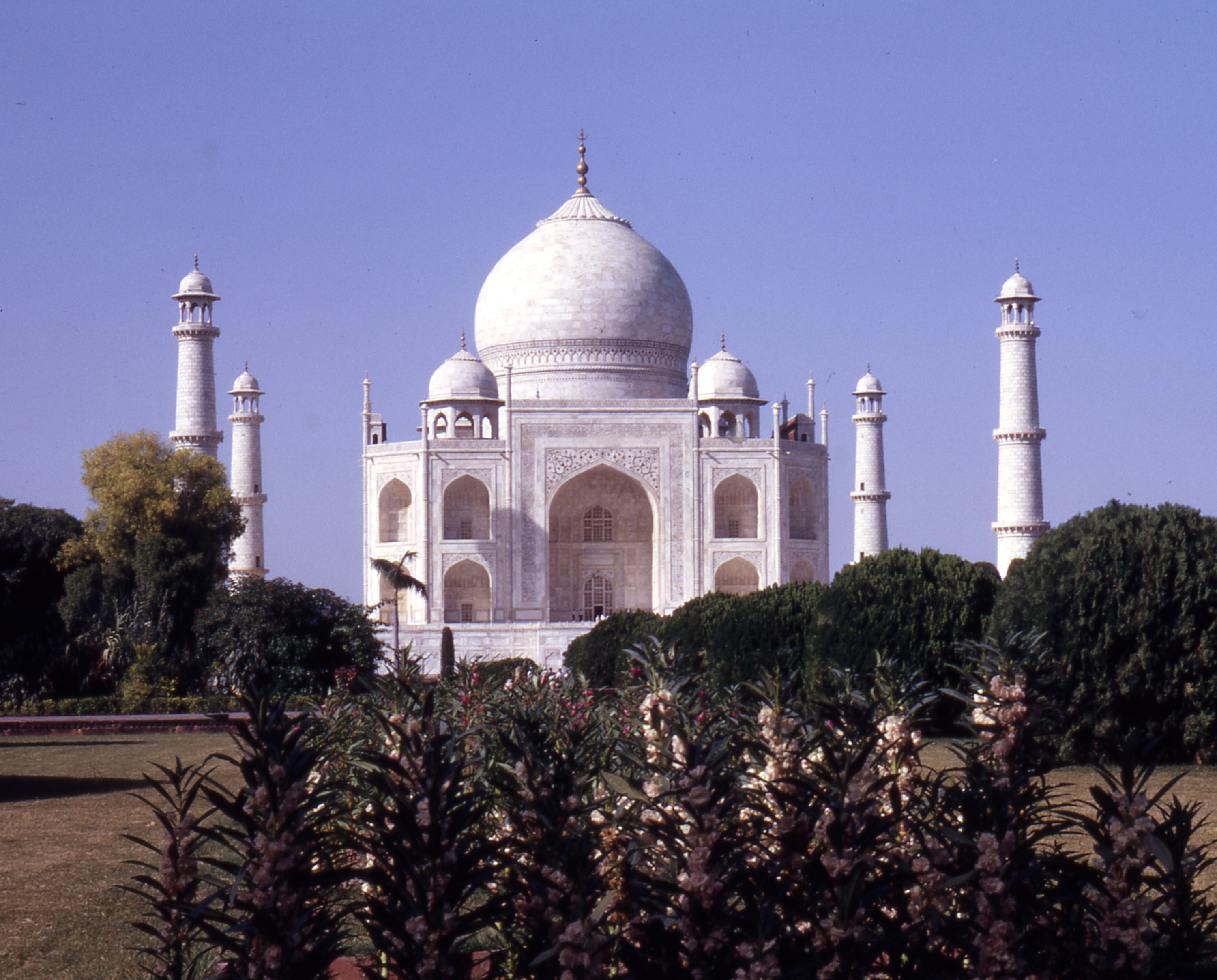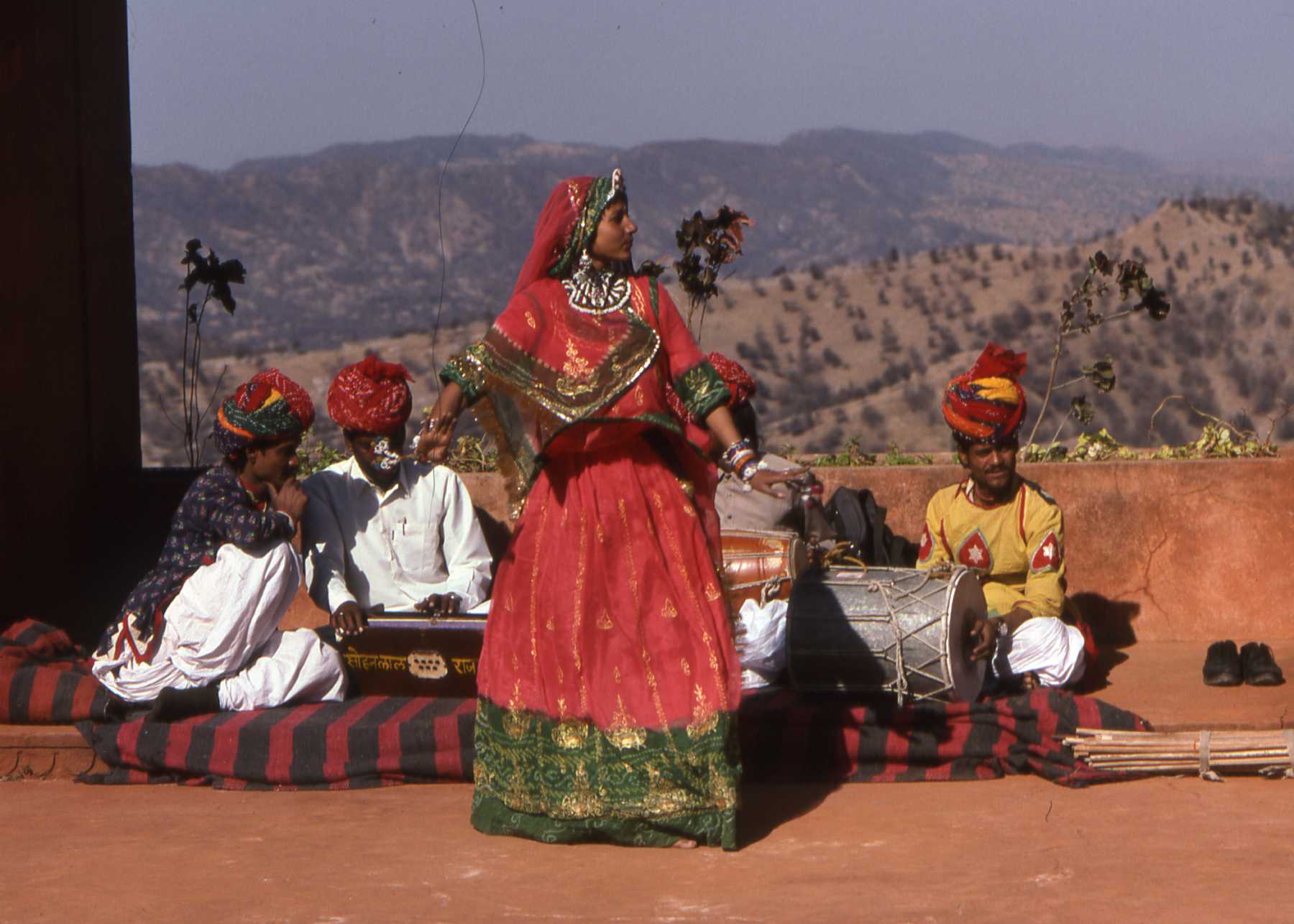There are very few major destinations on earth that are so beguilingly mystical and so harshly sobering as India. I was lucky to visit in 1997 with a well-connected tour group. We alternated between cocktail parties with government ministers, dinners with maharajahs, and visits to the most important tourist sites. Never much beyond arm’s length, however, was the enduring struggle of everyday existence for the vast majority of its population. This is the story of India: A Sacred Geography.

We saw snake charmers and contortionists, festooned elephants and stunning golden birds, lazy Brahma bulls and acquisitive monkeys. Vibrant silk saris, buttery silk carpets, and intricate sandalwood carvings were commonplace, though still remarkable. The modern mixed with the ancient on every highway and in every field. There were rural vistas of subsistence living that have probably not changed in 500 years.
There is a religious tension that pervades the entire subcontinent comprising India, Pakistan and Bangladesh. The Hindu traditions began sometime after about 1500 BCE. While Buddhism showed up a thousand years later, based on the life and teachings of an Indian prince, turned ascetic, it has always been more prevalent in SE Asia and China. The big news was the arrival of Muslims between 1000 and 1200 CE. They dominated the political structure, culminating in the great Mughal emperors of the Sixteenth Century. The exceptional architecture of the Taj Mahal and Fatehpur Sikri is Persian.

The uneasy marriage of Hinduism and Islam has sculpted Indian politics every since. Though, perhaps, smothered during the British rule, the spiritual rivalries only hibernated like a cancer. World leaders attempted to address the problem by creating East and West Pakistan in 1947, (East Pakistan became Bangladesh in 1971), to accommodate the heavy concentrations of Muslims. India, unfortunately, retained enough of the antagonism that violence and discrimination are still commonplace. As I write this, in April, 2014, Indians are voting in parliamentary elections that have stirred religious hatred.
To have a hope of understanding some of what you see when visiting India, it is paramount to have some background in the three great spiritual traditions of the country. You’ll find suggested selections on Islam in the Cruisereader.com article on “The Great Religions” in Holy Land Cruises. In the Southeast Asia section, you’ll find “Buddhism & Hinduism”. This is truly a time when you want to read before you go. It will make an immense impact on your experience.

Of the three traditions, (Buddhists consider Buddhism a philosophy, not a religion, as Buddha is not considered a god), Westerners generally have the least awareness of Hinduism. Aside from the titles I suggest in the other essays, I highly recommend a recent work, India: A Sacred Geography, by Diana L. Eck. This is an ambitious work for an ambitious traveler. It may be your only hope for actually distinguishing between Brahman, Shiva, Vishnu and Krishna. At the same time, it will open your eyes to the spiritual significance of the features of the geography of India. Hinduism is so vastly different from the European Judeo-Christian heritage, you will appreciate the astonishing effort and understanding that is evident in this book. It’s not an easy read, because we have so little preparation for the topics in our own lives. But, it is definitely worth it.
There are not many cruises to India. However, with more ships arriving in Asian waters each season, the chances are improving. This is a destination for which you will want guides everywhere. I would have to say it is one of the most unforgettable travel experiences of my career. Just make sure you have done some homework before you arrive.
Bon Voyage,
Cruisereader








